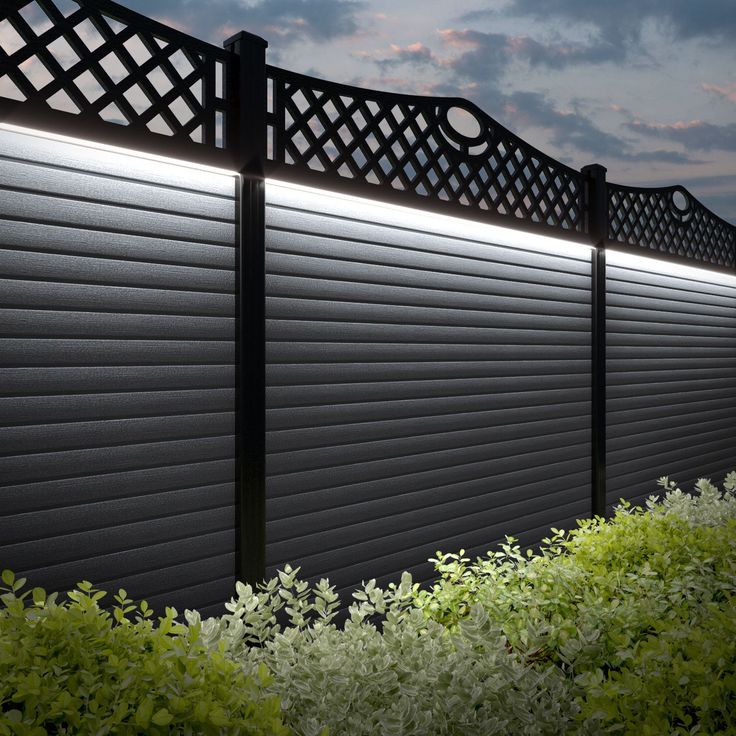Fencing plays a crucial role in property management, offering security, demarcation, and containment. Among the myriad of fencing options available, the Y post fence stands out for its unique design, durability, and versatility. Often seen in agricultural, rural, and even some commercial settings, understanding what a Y post fence is and how it functions is key to appreciating its widespread application.
Understanding the Y Post
At the heart of a Y post fence is the Y-shaped steel post, also commonly known as a star picket, steel picket, or even a T-post in some regions (though true T-posts have a different cross-section). These posts are typically made from high-grade steel, often with a protective coating like bitumen or galvanization to resist rust and corrosion, ensuring a long lifespan even in harsh weather conditions.
The distinctive Y-shape provides several advantages. Firstly, it offers excellent torsional strength, meaning it resists twisting and bending far better than a simple round or square post of similar material. This structural integrity is vital for maintaining the fence’s tension and alignment over time. Secondly, the multiple flanges of the ‘Y’ provide a larger surface area for gripping the soil, enhancing stability once driven into the ground.
How Y Post Fences Are Constructed
The construction of a Y post fence is relatively straightforward, contributing to its popularity for DIY projects and large-scale installations alike. The process typically involves:
1. Post Installation
The Y posts are driven directly into the ground using a specialized post driver. This tool fits over the top of the post, allowing the user to repeatedly pound it into the earth. The pointed end of the Y post facilitates easy penetration, even in hard soil. The depth to which the posts are driven depends on the soil type, fence height, and the level of stability required, but generally, about one-third of the post’s length is buried.
2. Wire Attachment
Once the posts are securely in place, the fencing material—most commonly wire—is attached. Y posts come pre-punched with a series of holes or studs along their length. These features allow for easy attachment of various types of wire, including barbed wire, plain wire, or woven wire mesh. Wires are typically threaded through the holes or secured using specialized clips or ties. The spacing of the holes accommodates different wire configurations and fence heights.
3. Tensioning
For effective containment and durability, the wire needs to be adequately tensioned. Tensioning ensures the fence remains taut, preventing sagging and making it more resistant to pressure from livestock or external forces. Various tensioning tools, such as wire strainers or ratchets, are used to achieve the desired tautness. Corner posts and end posts, which bear the brunt of the tension, are often braced with additional support wires or larger, more robust posts to prevent them from leaning or pulling out of the ground.
Advantages and Applications
The Y post fence offers numerous advantages that make it a preferred choice in many scenarios:
- Durability: Made from steel, Y posts are incredibly strong and resistant to impacts, rot, and pests, unlike timber posts.
- Cost-Effectiveness: Compared to other fencing systems, Y post fences are generally more affordable, both in terms of material cost and installation labor.
- Ease of Installation: Their design allows for quick and relatively simple installation without the need for concrete or heavy machinery for most applications.
- Versatility: They can be used with a wide range of wire types, making them suitable for various purposes, from containing livestock to marking property boundaries or creating temporary enclosures.
- Low Maintenance: Once installed, Y post fences require minimal maintenance, primarily checking for wire tension and damage.
Common applications include farm fencing for cattle, sheep, and horses, boundary fences for large properties, temporary fencing for construction sites, and even as support posts for trellises or garden structures.
In conclusion, the Y post fence is a testament to simple yet effective engineering. Its robust design, ease of installation, and adaptability make it a reliable and economical solution for a multitude of fencing needs, continuing to serve as a backbone in rural landscapes worldwide.


